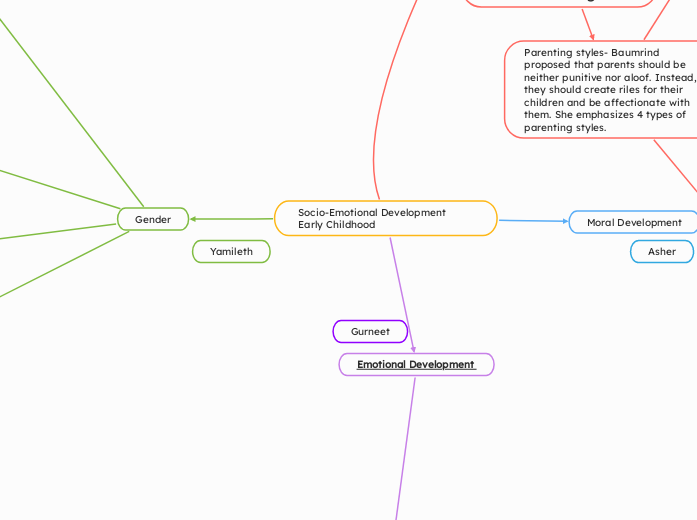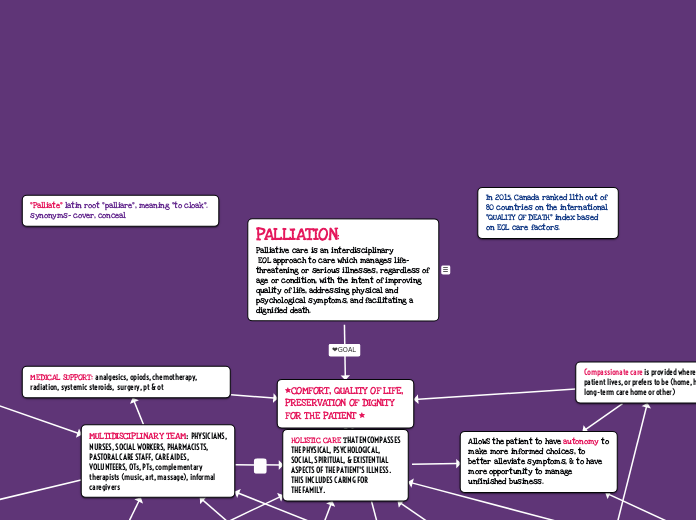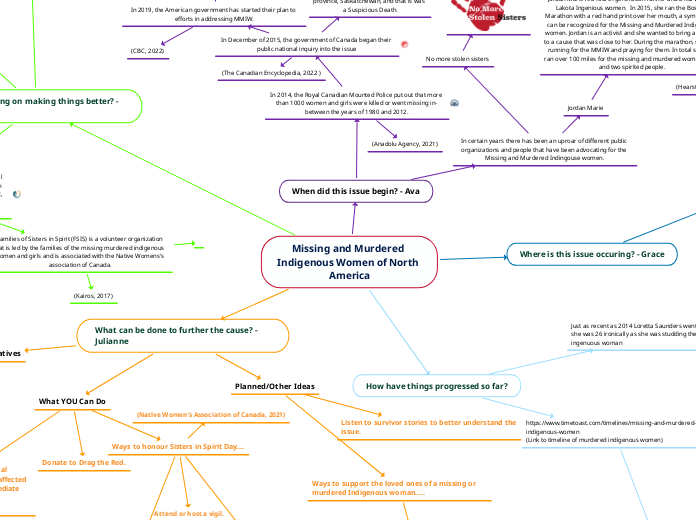jonka Macias Cisneros Yamileth 11 kuukautta sitten
130
Socio-Emotional Development Early Childhood
Parenting styles significantly influence a child's socio-emotional development, with different approaches yielding varied outcomes. Authoritative parenting, characterized by a balance of rules, boundaries, support, and warmth, encourages independence while maintaining control, which is linked to positive traits such as self-reliance, cheerfulness, and better stress management in children.









